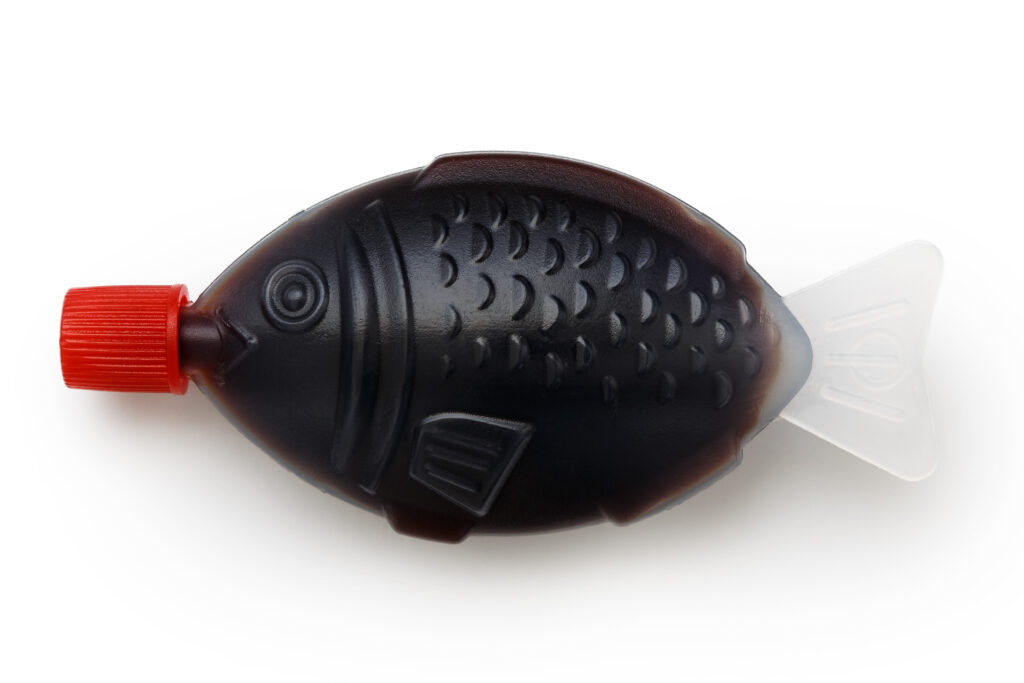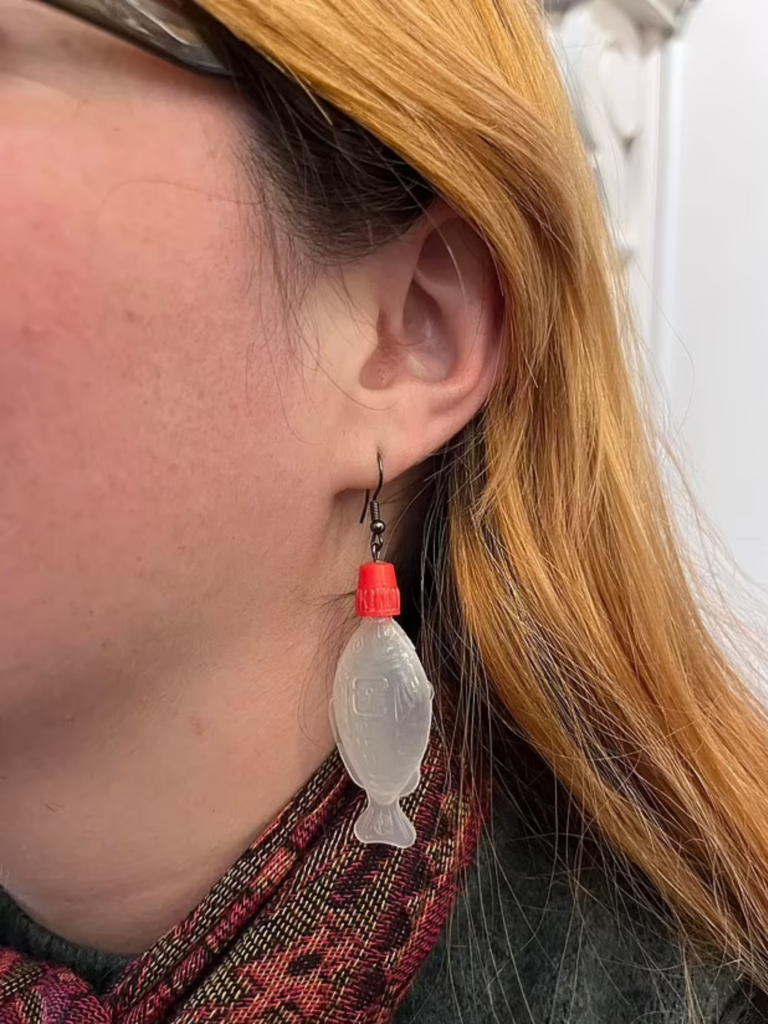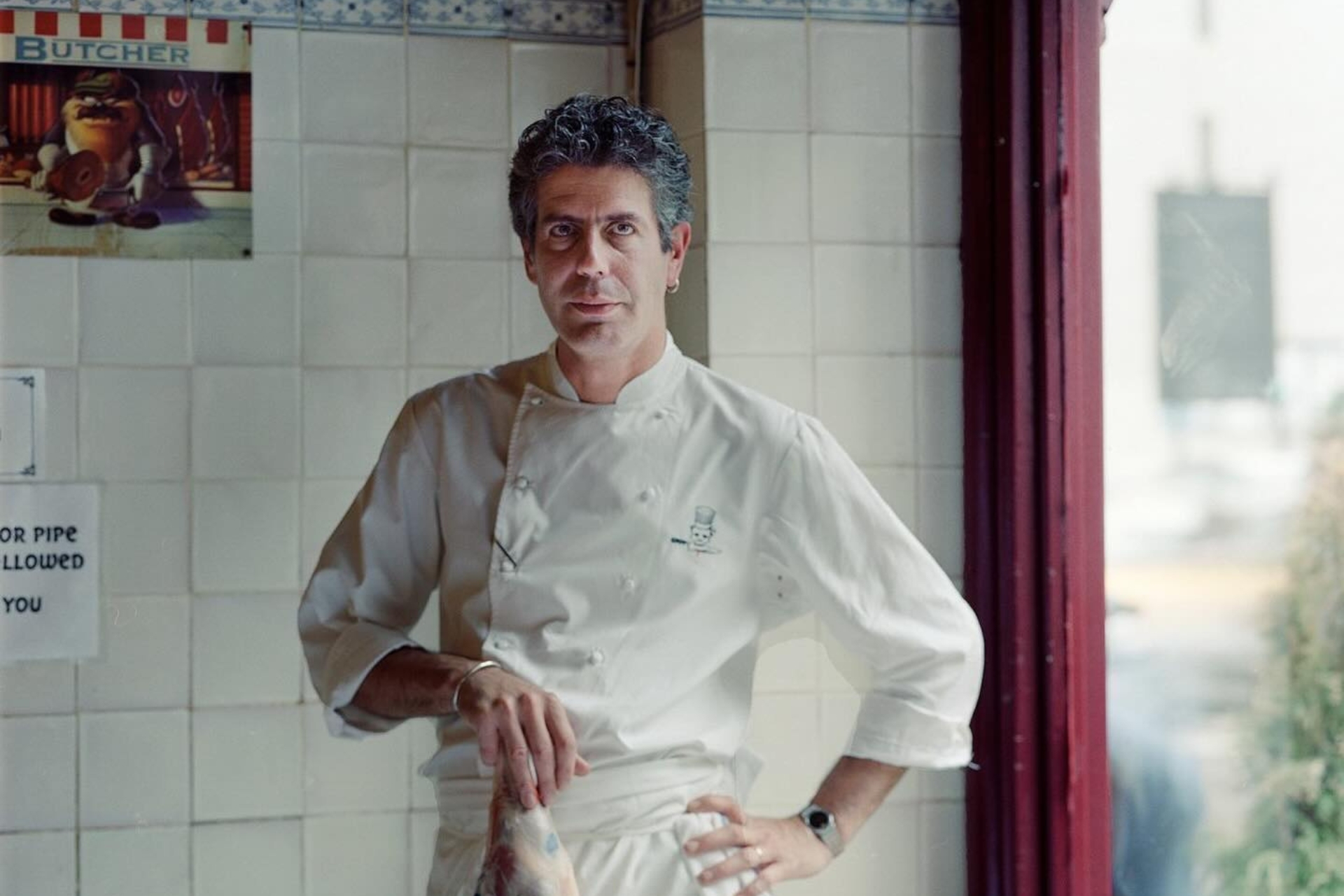Why you should give soy sauce containers a miss
You know those cute little fish-shaped soy sauce containers from takeaway sushi places? Yeah, those are killing the planet. Luckily, an Australian student has come up with a solution.

WHEN YOU’RE SHORT on time, but not short on tastebuds, nothing beats the quintessential go-to meal of takeaway sushi. The impromptu sushi lunch isn’t going anywhere, but a staple of the cuisine might need to in order to combat the environmental impact of single use plastics. Those iconic little soy sauce fish (you know, the cute ones with the red cap?) may need to be eradicated, otherwise we could end up with more of them in our oceans… than actual fish.
The containers, which are called shoyu-tai (or soy sauce snapper) in Japanese, were invented in the 1950’s as a cheaper alternative to glass and ceramic soy sauce bottles and have popped up all over the world since then. But like plastic straws and takeaway coffee cups, the fish have rapidly gone out of fashion in the face of bans on single-use plastics.
While bans have been placed on plastic straws, bags, and cups, the fish have somehow avoided the brunt of environmental protection legislation. Clearly, the inventor of the fishy plastic has friends in high places if their products have avoided restrictions for so long. Or maybe the fish are so small that legislators just haven’t noticed them—who knows?
Anyway, soy sauce fish containers are an environmental disaster and pose a genuine threat to our planet. With pressures to reduce unnecessary waste ever-increasing, it’s hard to see the fish sticking around for much longer.
Why are soy-sauce packets bad for the environment?
Like other plastic products that have recently been banned, soy sauce fish are difficult to recycle, take up to 500 years to completely break down, and frequently cause pollution.
The fish can’t be recycled, as their size and components aren’t compatible with recycling machinery. That hasn’t stopped people from trying though, which inevitably causes them to get stuck in the complex system of machines used to recycle plastic materials.
The fish that aren’t incorrectly recycled end up in landfill, or worse, as litter. Many soy sauce fish are unfortunately reuniting with their organic brethren by returning to the sea and contributing to ocean pollution. It’s not uncommon to find them swimming around at popular beaches anymore, and the containers are also hazardous for marine life as their small size means they’re very easily swallowed.
What’s the alternative to single-use soy sauce containers?
Fear not, the alternative to contributing to plastic waste on a global scale is not simply abstaining from sushi altogether. An Australian university student has come up with an eco-friendly substitution that could end the production of single-use soy sauce containers in favour of saving the planet.
Maoxin Yuan, an industrial design student at the University of New South Wales, has designed a zero-waste solution to the soy sauce fish issue. Yuan’s solution is a pouch of soy sauce powder wrapped in soluble material which dissolves when it comes into contact with liquids. “I didn’t want to use single-use plastic anymore,” Yuan said. “I turned to this new type of material called bioplastic. For my pouch, it’s made out of gelatine.”
The pouch, which encases dehydrated soy sauce, dissolves when placed in liquid, meaning that it can replace soy sauce fish in many instances. However, sushi rolls, which are the dish you’d most commonly combine a soy sauce fish with, don’t contain any liquids which can dissolve the packaging. So, the soluble idea will still need some work.
Should you stop using single-use plastic soy sauce containers?
It seems harsh to say we should all immediately abandon the use of soy sauce fish, but that’s exactly what some environmental groups are urging us to do. Take 3 For The Sea, an organisation committed to minimising plastic pollution, are advising sushi aficionados to decline to use soy sauce fish. “Politely explain to the server that you don’t want to contribute to the plastic waste already in the ocean, and ask if you can add soy sauce to your sushi from a reusable container,” Take 3 said in a statement.
Is the death of soy sauce fish coming?
Eventually yes, but it likely won’t be too soon. The alternatives still have a long way to go, as drenching a sushi roll in water will not only undermine its structural integrity, it’ll make you look like quite the nutcase if done publicly.
In the meantime, you can always turn single-use plastics into multi-use plastics. While that might be easier with something like a plastic bag than a tiny fish-shaped container, there’s plenty of inspiration out there. Take this repurposed jewellery for example.

Related:




















